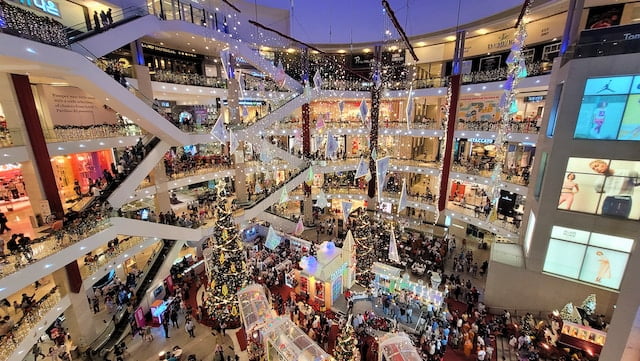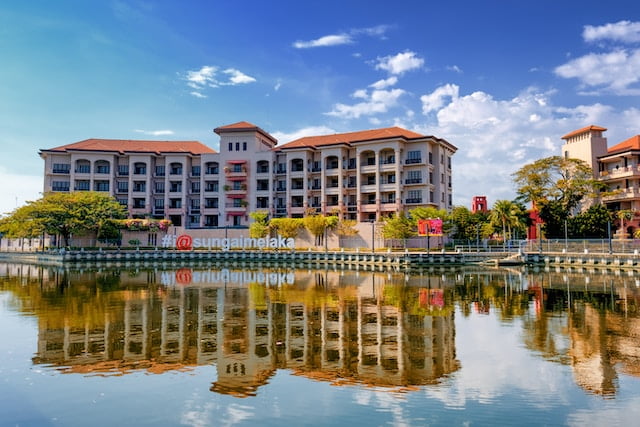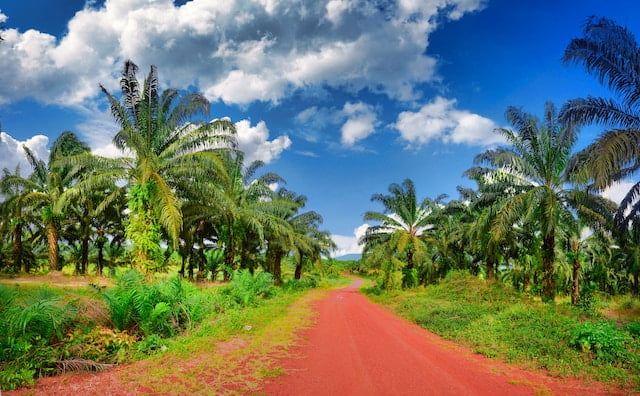The 8 Types of Commercial Properties in Malaysia
Malaysia has a diverse range of commercial properties, making it an exciting market for investors and entrepreneurs. Knowing the various types of commercial properties is essential for navigating this dynamic real estate landscape. In this article, we will look into the top 8 types of commercial properties in Malaysia.
1. Retail Properties
Retail properties are the pulsating core of commercial real estate in Malaysia. Spanning from lively shopping malls to standalone shops, the country showcases an exciting retail scene that invites both local and international brands.
Malaysia’s retail landscape is adorned with iconic malls, such as Sunway Pyramid, Pavilion KL, and Suria KLCC. These shopping havens not only cater to the daily needs of locals but also attract global brands. They provide a lucrative investment opportunity. The synergy of diverse retail spaces contributes significantly to Malaysia’s ever-evolving commercial real estate sector.

2. Office Buildings
In the trajectory of Malaysia’s evolution into a global business hub, office buildings stand as key factors shaping the nation’s commercial landscape. The prestigious Golden Triangle in Kuala Lumpur hosts prime office spaces that cater to a spectrum of enterprises, from multinational corporations to startups and established businesses.
Bukit Bintang and other commercial districts in Malaysia not only symbolize the economic pulse of the nation but also encapsulate the diverse nature of Malaysia’s corporate environment. These areas are essential hubs for companies seeking strategic locations and state-of-the-art office spaces. As Malaysia continues to attract international attention, the role of office buildings in shaping the corporate narrative becomes increasingly important to the nation’s global standing.
3. Industrial Properties
The industrial sector emerges as a foundational pillar in Malaysia’s economic growth. Industrial properties such as warehouses, manufacturing plants, and logistics centers contribute significantly to the nation’s robust economic tapestry. Exploring strategic locations like Shah Alam and Penang’s Free Industrial Zones unveils vibrant hotspots for industrial investments due to their strategic locations near key transportation hubs.
Warehouses play an important role in the logistics and supply chain. Meanwhile, manufacturing plants showcase Malaysia’s prowess in production and innovation. The strategic positioning of these industrial properties not only ensures efficiency in operations but also underscores their crucial role in powering Malaysia’s economic engine.
As Malaysia solidifies its position as a regional economic powerhouse, the significance of industrial properties becomes increasingly pronounced. These spaces not only embody the nation’s industrial prowess but also stand as strategic investment opportunities for those seeking to partake in Malaysia’s dynamic economic journey.
4. Hospitality Properties
Hospitality properties in Malaysia often take center stage due to the growing demand for top-notch accommodation in the country. These properties include hotels, resorts, and serviced apartments. Renowned destinations such as Penang, Langkawi, and Kuala Lumpur emerge as hotspots attracting both leisure seekers and business travelers.
These hospitality properties not only provide a comfortable stay but also serve as ambassadors of Malaysia’s cultural richness and warm hospitality. As Malaysia continues to beckon travelers worldwide, the role of hospitality properties becomes pivotal in ensuring memorable experiences for those exploring the country’s enchanting offerings.

5. Medical Properties
As the healthcare sector in Malaysia undergoes significant expansion, there is a surge in the demand for dedicated medical properties. Specialized clinics, hospitals, and healthcare centers are sprouting across the nation. As a medical hub, Kuala Lumpur has been surrounded by renowned institutions like Prince Court Medical Centre.
The emergence of specialized medical properties not only addresses the increasing demand for advanced healthcare services but also positions Malaysia as a regional hub for medical tourism. The presence of cutting-edge facilities in Malaysia underscores the nation’s commitment to fostering a robust healthcare ecosystem. As Malaysia continues to prioritize the well-being of its residents and attract international patients, the growth trajectory of medical properties becomes a compelling narrative within the broader real estate landscape.
6. Mixed-use Developments
In the urban fabric of Malaysia, mixed-use developments emerge as innovative spaces seamlessly blending diverse commercial elements. These developments combine residential, retail, and office spaces within a singular project. Some notable examples are Tun Razak Exchange and Publika. The success of mixed-use developments becomes manifest in catering to a spectrum of community needs.
Positioned as Malaysia’s premier international financial district, TRX or Tun Razak Exchange encapsulates the convergence of business, living, and leisure within its architectural embrace. Meanwhile, Publika in Solaris Dutamas stands as a vibrant culture hub. It embodies the fusion of retail spaces, creative endeavors, and residential living. These mixed-use developments not only contribute to the aesthetic and functional enrichment of urban landscapes but also reflect Malaysia’s commitment to creating dynamic, inclusive urban spaces that resonate with the diverse needs of its residents.
7. Commercial Shophouses
Amidst the modern skyline, Malaysia celebrates its cultural heritage through the timeless presence of commercial shophouses. These iconic structures serve as guardians of tradition. They enrich the streetscapes with their distinctive architectural allure.
In historical cities, these shophouses stand as testaments to the nation’s rich past. Renowned for their UNESCO-listed heritage sites, Penang and Melaka boast rows of these charming shophouses. They create an immersive experience for locals and visitors. The appeal of commercial shophouses lies not only in their architectural aesthetics but also in their role in promoting cultural narratives in the country.
8. Agriculture Properties
Malaysia’s agricultural sector extends beyond rural landscapes. Agricultural properties include plantations, orchards, and agro-tourism ventures. The palm oil plantations in Sabah and Sarawak exemplify the significance of agricultural properties in Malaysia’s economic fabric.

Conclusion
Malaysia’s commercial property landscape mirrors the nation’s rich diversity and economic dynamism. From the bustling retail hubs of Kuala Lumpur to the serene agricultural expanses of Sabah, each property type plays a distinctive role in shaping the country’s real estate narrative. For those venturing into Malaysia’s commercial property market, recognizing the unique characteristics of each property type is the first step toward successful investment and participation in the nation’s ongoing economic journey.